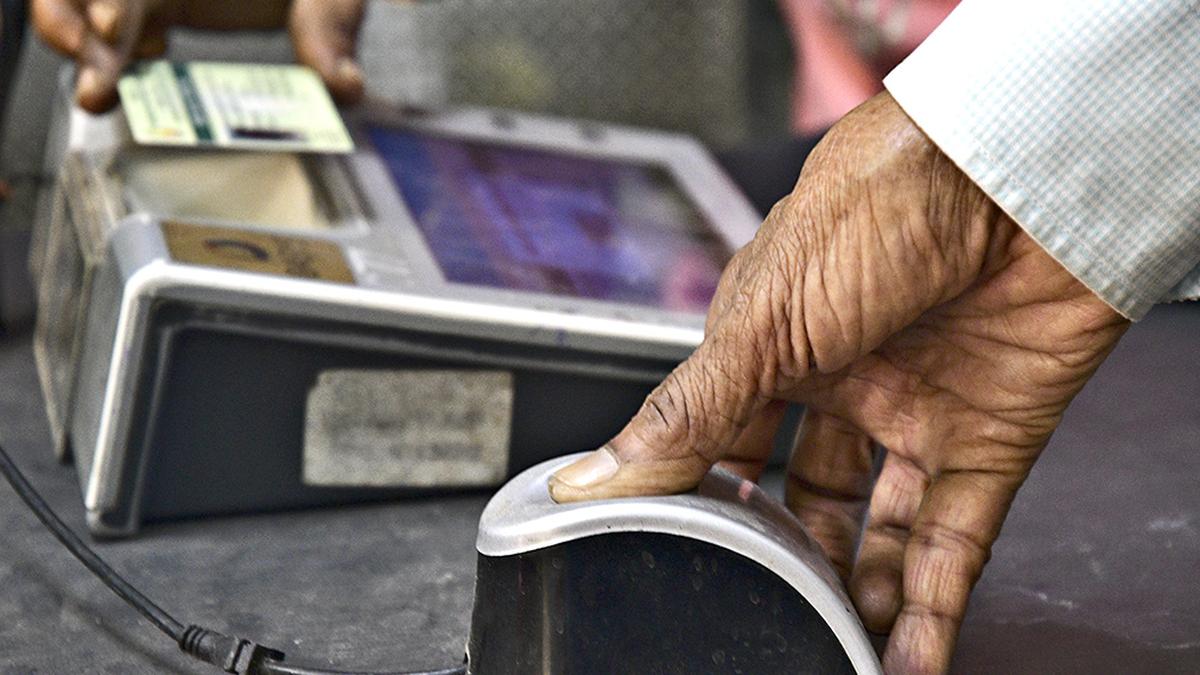Description
GS PAPER III: Indian Economy and issues relating to planning, mobilization, of resources, growth, development and employment.
Context: The Reserve Bank of India (RBI) decided to continue with the existing interim Ways and Means Advances (WMA) scheme limit of ₹51,560 crore for all States/ UTs shall for six months i.e., up to September 30, given the prevalence of COVID-19.
Sudhir Shrivastava Committee on WMA
- Based on the recommendations of the Advisory Committee on WMA to State Governments, 2021 — chaired by Sudhir Shrivastava — the RBI had revised the WMA Scheme of States and Union Territories (UTs).
When was Ways and Means Advances introduced?
- The Ways and Means Advances scheme was introduced in 1997.
Purpose of the WMA scheme
- The Ways and Means Advances scheme was introduced to meet mismatches in the receipts and payments of the government.
How does it work?
- The government can avail of immediate cash from the RBI, if required. But it has to return the amount within 90 days. Interest is charged at the existing repo rate.
- If the WMA exceeds 90 days, it would be treated as an overdraft (interest rate on overdrafts is 2 percentage points more than the repo rate).
What is WMA limit?
- The limits for Ways and Means Advances are decided by the government and RBI mutually and revised periodically.
Types of WMA
- There are two types of Ways and Means Advances — normal and special.
- Special WMA or Special Drawing Facility is provided against the collateral of the government securities held by the state. After the state has exhausted the limit of SDF, it gets normal WMA. The interest rate for SDF is one percentage point less than the repo rate.
- The number of loans under normal WMA is based on a three-year average of actual revenue and capital expenditure of the state.
https://www.thehindu.com/business/rbi-extends-ways-and-means-credit-for-states-uts-to-sept/article34396125.ece






